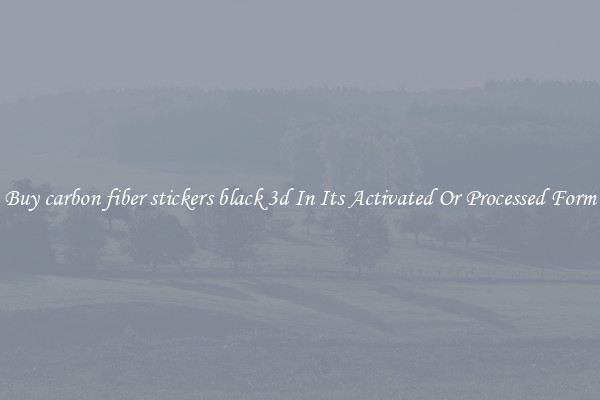unusual textiles unusual textiles Suppliers and Manufacturers
When we think of textiles, the first things that come to mind are usually cotton, wool, silk, or synthetic fibers like polyester. However, there are a wide array of unusual textiles out there that are being used by designers and manufacturers to create unique and innovative products. These textiles have unique properties and characteristics that make them stand out from the traditional options. Let's take a closer look at some of the most unusual textiles available on the market today.

One unusual textile that has been gaining popularity in recent years is Piñatex, a sustainable alternative to leather made from pineapple fibers. This biodegradable material is not only eco-friendly but also incredibly durable and versatile. It can be used to create everything from shoes and bags to furniture and upholstery, offering a cruelty-free and sustainable option for those looking to make more ethical choices in their purchases.
Another unusual textile that has been making headlines is spider silk, one of the strongest and most durable materials in the world. While historically difficult to produce in large quantities, recent advancements in biotechnology have made it possible to produce spider silk on a commercial scale. This material has a wide range of applications, from high-performance clothing and sports gear to medical devices and even bulletproof vests.
Sea silk, also known as byssus, is another unusual textile that has a long history dating back to ancient times. Harvested from the saliva of certain types of mollusks, sea silk is a rare and luxurious material that is prized for its softness and sheen. While it is not commonly used in modern textile production, it is still highly sought after by luxury brands and designers looking to create one-of-a-kind pieces.
Innovations in technology have also led to the creation of textiles made from unusual sources such as mushrooms, algae, and even bacteria. These biofabricated materials are not only sustainable and biodegradable but also have unique properties that make them ideal for a wide range of applications. For example, Mycelium is a mushroom-based textile that can be grown into any shape or size, making it a versatile and eco-friendly alternative to traditional materials.
Overall, the world of textiles is constantly evolving, with new and exciting materials being developed all the time. From pineapple fibers to spider silk, these unusual textiles offer a glimpse into the future of sustainable and innovative fashion. Whether you are a designer, manufacturer, or consumer, these materials present an exciting opportunity to explore new possibilities and push the boundaries of what is possible in the world of textiles.

View details

View details

View details

View details








